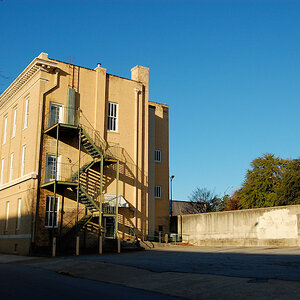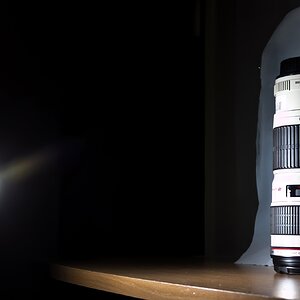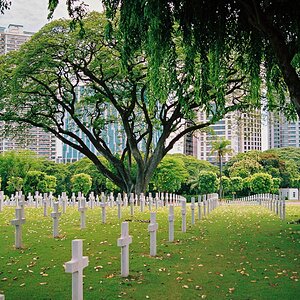justiceischeap
TPF Noob!
- Joined
- Dec 26, 2012
- Messages
- 13
- Reaction score
- 1
- Location
- USA
- Website
- iso640.com
- Can others edit my Photos
- Photos OK to edit
Heya, I'm Justice and I'm returning to the photographic world with an absence so long, I've forgotten everything I ever learned in high school photography class.
In real life, I'm a web designer/developer, so I have some understanding of composition (but have a difficult time correlating that to photography). F stops confuse me because they're backwards (it's not logical).
Anyway, before Thanksgiving, I finally stopped comparison shopping (had been doing so for about 5 years) and took the plunge. I purchased a Nikon D5100 'cause I have all Nikon film camera's so I figure I'd already invested in that brand with the lenses I could reuse. Unfortunately, I've not been able to get out much with the DSLR (been sick) but shoot daily with my iPhone--figure shooting is better than not shooting.
I love the stories photography can tell. I like contrasty, sometimes over-processed looks (but not a fan of HDR), I love B&W, I love good street and urban landscape photography and startling portraiture. And that's pretty much me in a nutshell.
In real life, I'm a web designer/developer, so I have some understanding of composition (but have a difficult time correlating that to photography). F stops confuse me because they're backwards (it's not logical).
Anyway, before Thanksgiving, I finally stopped comparison shopping (had been doing so for about 5 years) and took the plunge. I purchased a Nikon D5100 'cause I have all Nikon film camera's so I figure I'd already invested in that brand with the lenses I could reuse. Unfortunately, I've not been able to get out much with the DSLR (been sick) but shoot daily with my iPhone--figure shooting is better than not shooting.
I love the stories photography can tell. I like contrasty, sometimes over-processed looks (but not a fan of HDR), I love B&W, I love good street and urban landscape photography and startling portraiture. And that's pretty much me in a nutshell.





![[No title]](/data/xfmg/thumbnail/41/41929-26c4134c150c4c6befd5f544a5223aaf.jpg?1619739946)



![[No title]](/data/xfmg/thumbnail/31/31038-84f0b9d14b7ced20e61bc19a9d4dfcc2.jpg?1619734581)


![[No title]](/data/xfmg/thumbnail/31/31042-2fcf80c8987688129be89876d12ba006.jpg?1619734584)